Reog Ponorogo Simbol Keberagaman dan Identitas Budaya Indonesia - https://www.goodnewsfromindonesia.id/2024/10/01/reog-ponorogo-simbol-keberagaman-dan-identitas-budaya-indonesia
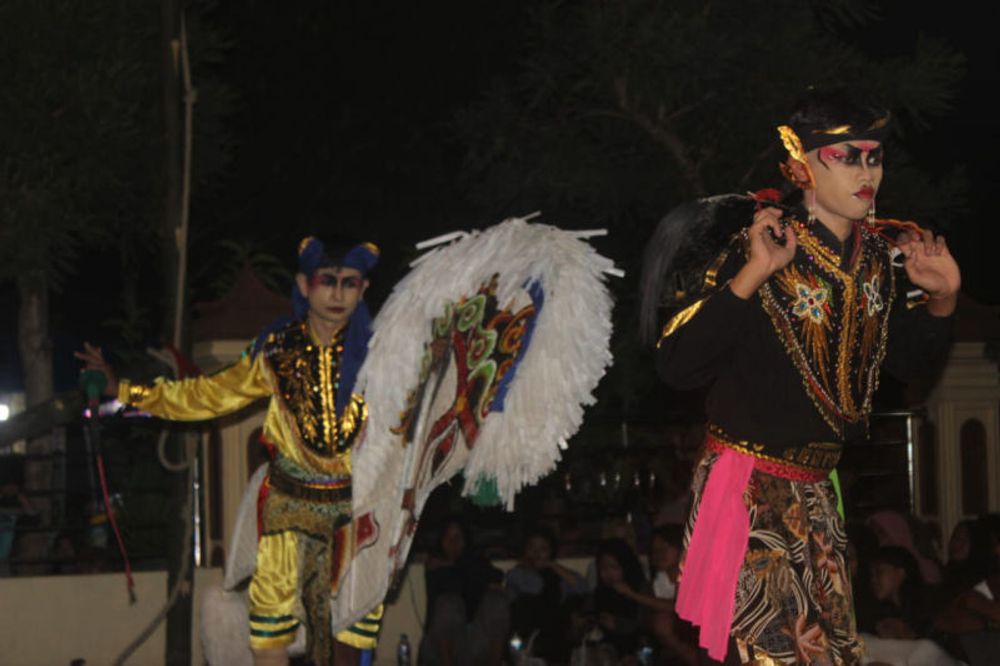
Reog Ponorogo merupakan representasi kekayaan budaya Indonesia yang tidak hanya memiliki nilai estetika.
PVMBG pasang alat pendeteksi longsor di sejumlah wilayah Ponorogo - https://www.antaranews.com/berita/4364051/pvmbg-pasang-alat-pendeteksi-longsor-di-sejumlah-wilayah-ponorogo
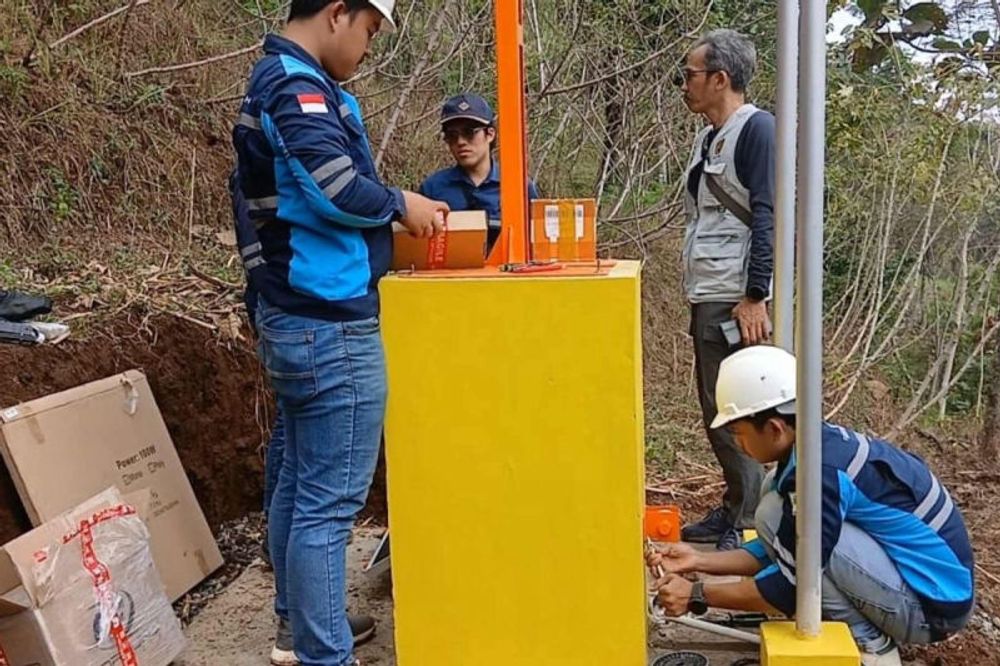
Badan Penanggulangan Bencana Daerah (BPBD) Kabupaten Ponorogo, Jawa Timur menyatakan bahwa sejumlah perangkat pendeteksi longsor telah dipasang tim PVMBG ...
And speaking of queer cultures in Indonesia, this feels so funny. It implies that they only have issue with male-on-male as opposed to the age gap of adult and minor. So to fix this, they replaced the gemblakan with women (as if adult men being intimate with young girls are somehow "better")
![However, a warok does not remain completely celibate as having sex with boys between the ages of eight and fifteen is permitted as a substitute. The boy lover in this ritualized relationship is called the gemblak. The gemblak is usually kept by the warok in his household with the full agreement of the boy's family, which included compensation. Later on in his life a warok could be married with a woman as his wife, but was also allowed to keep a gemblak as a lover on the side. The warok-gemblakan relationships were thus similar to the pederastic rituals and traditions common to ancient Greece. These traditional ritualized relationships remained especially prevalent in Ponorogo, where there are older warok who may still have gemblak lovers.[25] However, these older men have never identified as homosexuals, and neither have their young lovers.](https://cdn.bsky.app/img/feed_fullsize/plain/did:plc:2n3mckig43crdbtonf3iynfe/bafkreiarfxnl6sqoooed25c7cc2hjqshy7psykzqzt3drsd5on4jscarkm@jpeg)
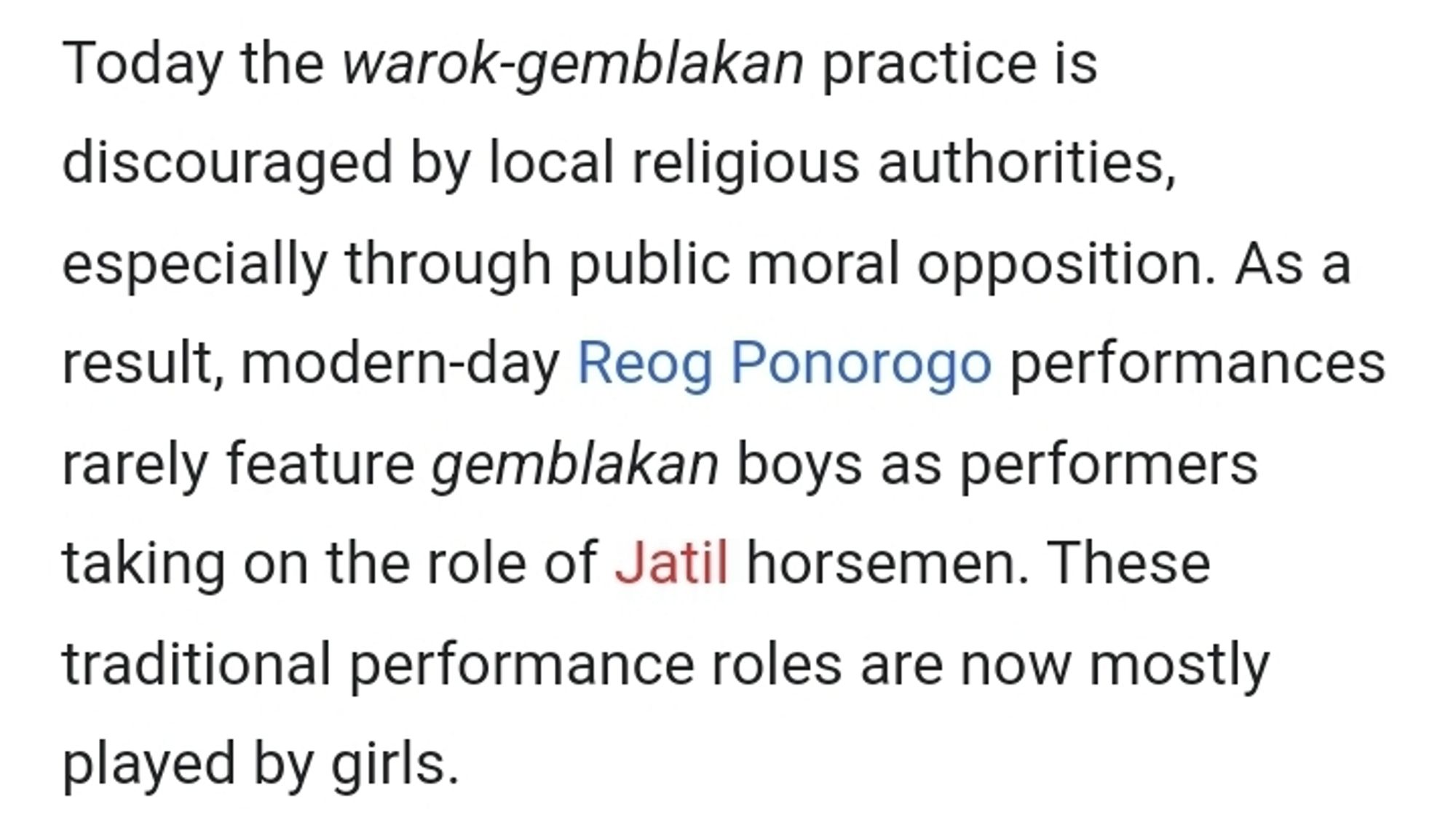
Pupuk Indonesia dukung pemberdayaan warga Desa Karangpatihan Ponorogo - https://www.antaranews.com/berita/4351139/pupuk-indonesia-dukung-pemberdayaan-warga-desa-karangpatihan-ponorogo

PT Pupuk Indonesia (Persero) mendukung ketahanan pangan nasional melalui kegiatan pemberdayaan masyarakat serta penyaluran pupuk yang dapat meningkatkan unsur ...
Antisipasi banjir, Kodim 0802 Ponorogo gandeng warga bersihkan sungai m.antaranews.com/video/435067...
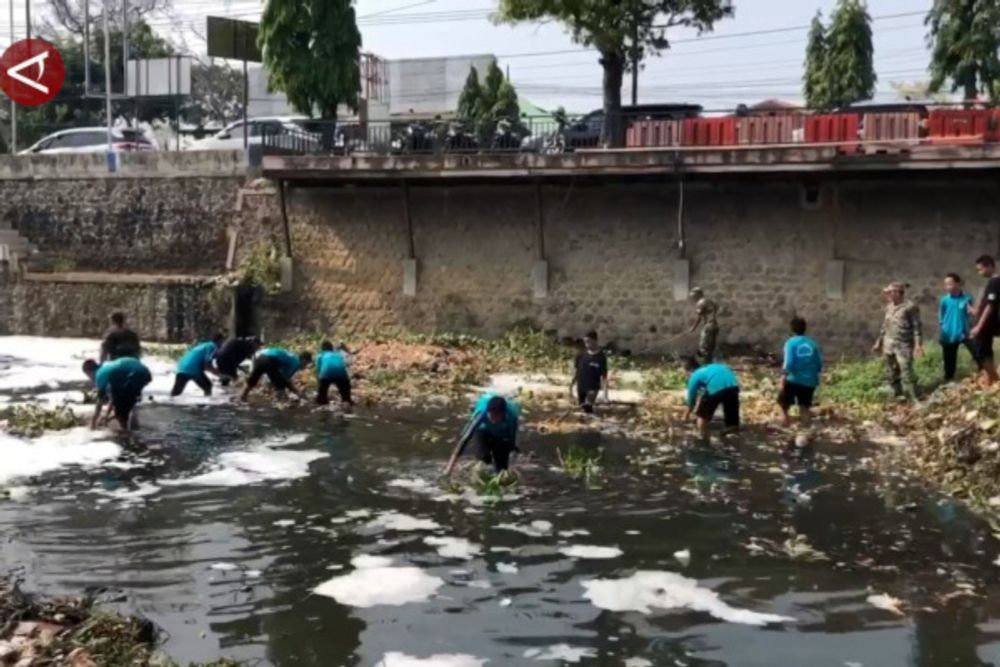
ANTARA - Kodim 0802 Ponorogo mengajak warga untuk bersama-sama membersihkan sungai yang mengalir di Desa Tonatan, Kecamatan Ponorogo. Hal tersebut ...
Antisipasi banjir, Kodim 0802 Ponorogo gandeng warga bersihkan sungai - https://www.antaranews.com/video/4350679/antisipasi-banjir-kodim-0802-ponorogo-gandeng-warga-bersihkan-sungai

ANTARA - Kodim 0802 Ponorogo mengajak warga untuk bersama-sama membersihkan sungai yang mengalir di Desa Tonatan, Kecamatan Ponorogo. Hal tersebut ...
Pupuk Indonesia salurkan pupuk berkualitas dukung pertanian Ponorogo - https://www.antaranews.com/berita/4350191/pupuk-indonesia-salurkan-pupuk-berkualitas-dukung-pertanian-ponorogo
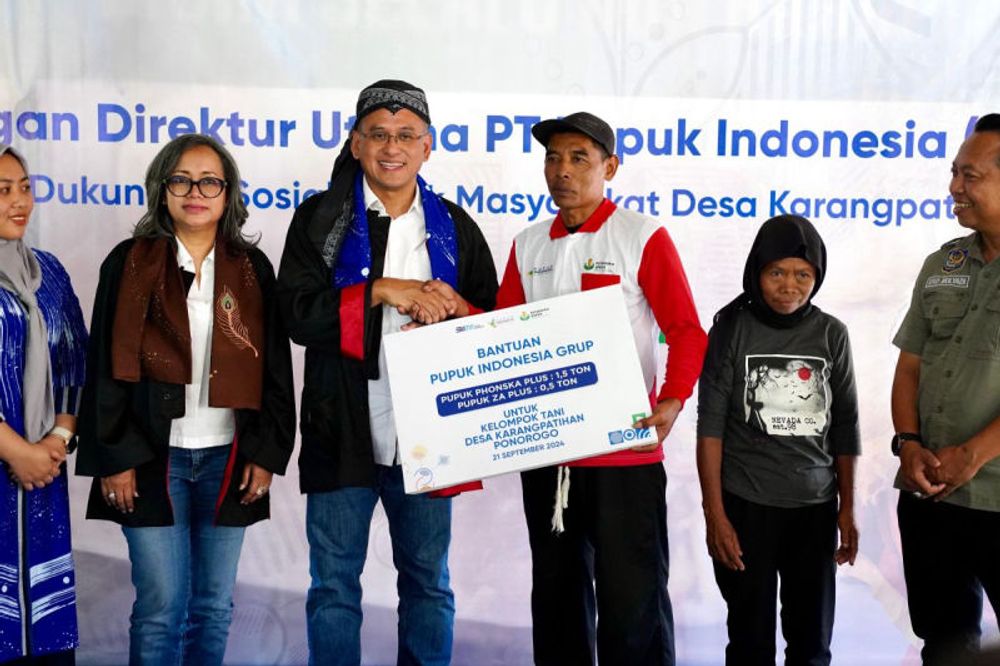
PT Pupuk Indonesia (Persero) memberikan bantuan pupuk berkualitas, yaitu NPK Phonska Plus dan ZA Plus untuk mendukung kegiatan pertanian di Desa ...
Pupuk Indonesia salurkan phonska plus ke kampung idiot Ponorogo - https://www.antaranews.com/berita/4349903/pupuk-indonesia-salurkan-phonska-plus-ke-kampung-idiot-ponorogo

PT. Pupuk Indonesia menyalurkan bantuan pupuk phonska plus sebanyak 1,5 ton dan 0,5 ton pupuk ZA plus ke "kampung idiot" Desa Karangpatihan, ...
Disnaker Ponorogo gelar "job fair" untuk ribuan lowongan - https://www.antaranews.com/berita/4349831/disnaker-ponorogo-gelar-job-fair-untuk-ribuan-lowongan
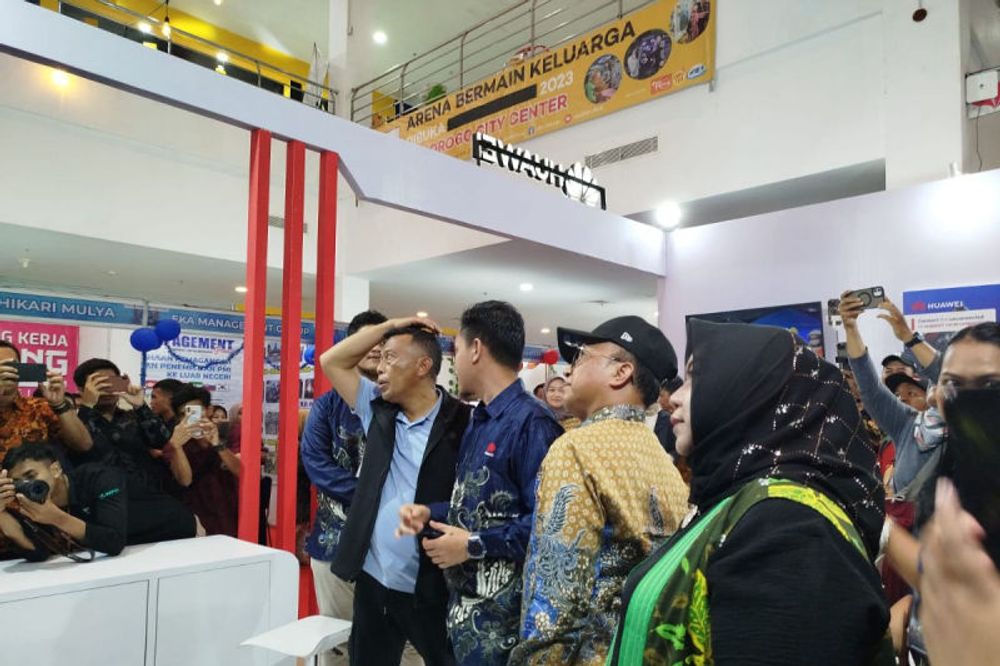
Dinas Tenaga Kerja Kabupaten Ponorogo, Jawa Timur, menggelar bursa kerja atau job fair yang menawarkan lebih dari 2 ribu lowongan pekerjaan di berbagai sektor ...
ISNU Jatim siapkan gelaran Simposium Pemikiran Santri di Ponorogo - https://www.antaranews.com/berita/4349687/isnu-jatim-siapkan-gelaran-simposium-pemikiran-santri-di-ponorogo

Sebanyak 107 Artikel Jurnal telah siap menyongsong Simposium Pemikiran Santri dan Khazanah Pesantren Nusantara (2ndSIIR Santren) yang diselenggarakan PW ISNU ...